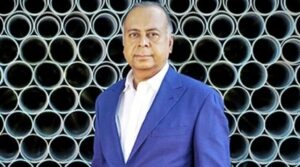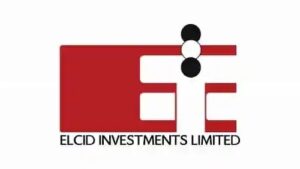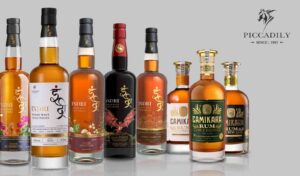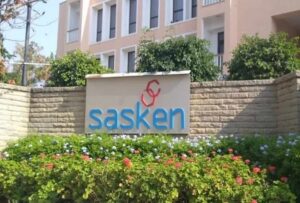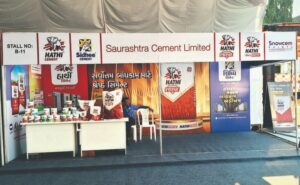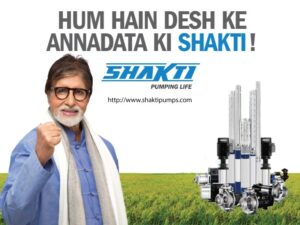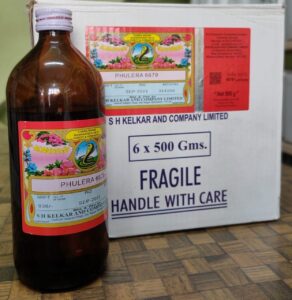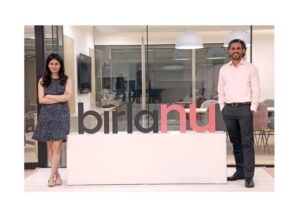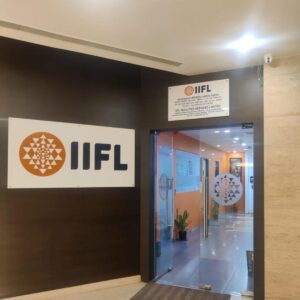1. At a Glance
Let’s begin with a fun fact — if your kitchen has ever survived an Indian wedding, monsoon power cut, and mom’s Maggi marathon, chances are, Borosil was quietly holding the fort. The company behind India’s most famous microwaveable glassware just reported a₹340 croresales quarter forQ2 FY26, up22.3% YoY. Profit after tax (PAT) came in at₹22.7 crore, growing24% YoY, keeping it hot and steady like your leftover dal in a Borosil bowl.
With amarket cap of ₹4,056 crore, astock P/E of 46.8x, and aBook Value of ₹71.1, the market seems to believe there’s premium glass even in this heat. Debt? Barely₹80 crore, giving a modestDebt-to-Equityof0.09— lighter than the glass it makes. Return on Equity stands at9.32%, not a flex, but enough to keep shareholders from throwing stones.
The share trades at₹339, recovering modestly after a rough year that saw a-29.5%return. But in the past three months, it’s up4.7%, proving even slow cookers can heat up eventually.
2. Introduction
Once upon a time, Borosil was that boring brand your chemistry lab teacher swore by — beakers, flasks, and glass rods. Then someone at HQ must have spilled hot rasam into a test tube and thought, “Wait, what if we made this microwave-safe?”
Today, Borosil is India’sposter child for durable kitchenware, opalware, and now stainless steel lunchboxes that make Tupperware blush. Afterdemerging its Scientific divisionintoBorosil Scientific Ltd (BSL)in June 2024, it’s now laser-focused on theconsumer products game— the stuff that ends up in your kitchen, not your lab.
The company isrebranding itself as a modern lifestyle kitchen name, not just glass. And the numbers agree —non-glassware (39%)andopalware (35%)now contribute74% of Q1FY25’s sales mix, while traditional glassware is just26%. The once “scientific” Borosil has clearly graduated to “domestic science.”
It’s backed this makeover with clever marketing — celebrity chefHarpal Singh Sokhi, partnerships withParis Olympics, and a shiny newHydra rangeof bottles that scream hydration goals.
The cherry on top? A₹65 crore capexjust approved for a new Rajasthan unit producing 3.6 million double-wall bottles annually byFY27. When Borosil does expansion, it’s not just adding capacity — it’s multiplying your kitchen aesthetic.
3. Business Model – WTF Do They Even Do?
Borosil’s business is neatly split betweenglass dreamsandsteel ambitions. The company operates acrosstwo segments:
- Consumer Products Division:The stuff you see, use, and accidentally drop — glassware, storage containers, steel flasks, opalware under“Larah”, and small kitchen appliances. Think microwave dishes, lunchboxes, tumblers, casseroles, and those “Hydra” bottles your gym friends flex on Instagram.
- Scientific & Industrial Products (now demerged):Earlier, this division catered to labs, pharma, and R&D institutions. But sinceJune 2024, it has been spun off asBorosil Scientific Ltd (BSL).
What’s left with Borosil Ltd now is theconsumer brand powerhouse, catering to every Indian home that’s ever reheated paneer tikka.
They’ve alsoinvested ₹75 croreto buildIndia’s first borosilicate pressware capacity (25 TPD)in Jaipur — a factory that can literally press glass into everyday convenience.
And with the newRajasthan capexadding another3.6 million units per year, Borosil isn’t just manufacturing — it’s scaling up to become the “Apple of kitchen glassware” (minus the 40% margins, sadly).
4. Financials Overview
| Metric | Latest Qtr (Sep’25) | Same Qtr Last Yr (Sep’24) | Prev Qtr (Jun’25) | YoY % | QoQ % |
|---|---|---|---|---|---|
| Revenue | ₹340 Cr | ₹278 Cr | ₹233 Cr | 22.3% | 46.0% |
| EBITDA | ₹48 Cr | ₹45 Cr | ₹37 Cr | 6.7% | 29.7% |
| PAT | ₹22.7 Cr | ₹18.3 Cr | ₹17.0 Cr | 24.0% | 33.5% |
| EPS (₹) | 1.90 | 1.53 | 1.46 | 24.1% | 30.1% |
Annualised EPS = ₹1.90 × 4 =₹7.6, implying aP/E of 44.6xat CMP ₹339.
Commentary:Revenue’s heating up nicely, EBITDA’s bubbling, and PAT has finally
stopped playing hide and seek. The only cold thing in the room is their dividend — stillzero. At this rate, investors may need Borosil flasks just to store their patience.
5. Valuation Discussion – Fair Value Range Only
Let’s crunch it like brittle glass (carefully).
Method 1: P/E Based
- EPS (TTM): ₹7.26
- Industry P/E: 42.2x
- Fair P/E Range: 35x – 45x
- → Fair Value = ₹254 – ₹327
Method 2: EV/EBITDA
- EV: ₹4,135 Cr
- EBITDA (TTM): ₹211 Cr
- EV/EBITDA = 19.6x
- Industry average EV/EBITDA ~17x
- Fair Range = 17x × EBITDA to 20x × EBITDA = ₹3,587 Cr – ₹4,220 Cr EV
- Implied Market Cap = ₹3,500 – ₹4,100 Cr
- Per share = ₹293 – ₹343
Method 3: DCF (Simplified)
- FY25 Free Cash Flow = negative, but normalised FCF expected ~₹60 Cr/year post capex.
- Growth 8%, discount 11% → Fair equity value ₹3,600 – ₹4,000 Cr
- Per share range = ₹300 – ₹335
✅Educational Fair Value Range: ₹290 – ₹340 per share
Disclaimer:This range is foreducational purposes only. Not investment advice. If you break a Borosil bowl while reading this, don’t sue us.
6. What’s Cooking – News, Triggers, Drama
If you think your kitchen’s busy, wait till you see Borosil’s announcement page.
- Capex Buffet:The latest ₹65 crore expansion in Rajasthan aims to addthree double-wall lineswith3.6 million units/year capacitybyFY26–27. That’s enough flasks to keep half of Gurgaon hydrated.
- QIP Fundraiser:InJune 2024, the company raised₹150 crorethrough aQIP at ₹318/share, signaling investor appetite that’s still simmering.
- Olympic Endorsement:Partnered withParis Olympicsfor the Hydra range. Because nothing screams “hydration” like a 4,000-rupee steel bottle in the stadium.
- Tech Investments:Rolled out aDistributor Management System (DMS)integrated withSAP, so that the next time your local store runs out of glass tumblers, Borosil will know before you rant on Twitter.
- Demerger Saga:TheScientific arm


